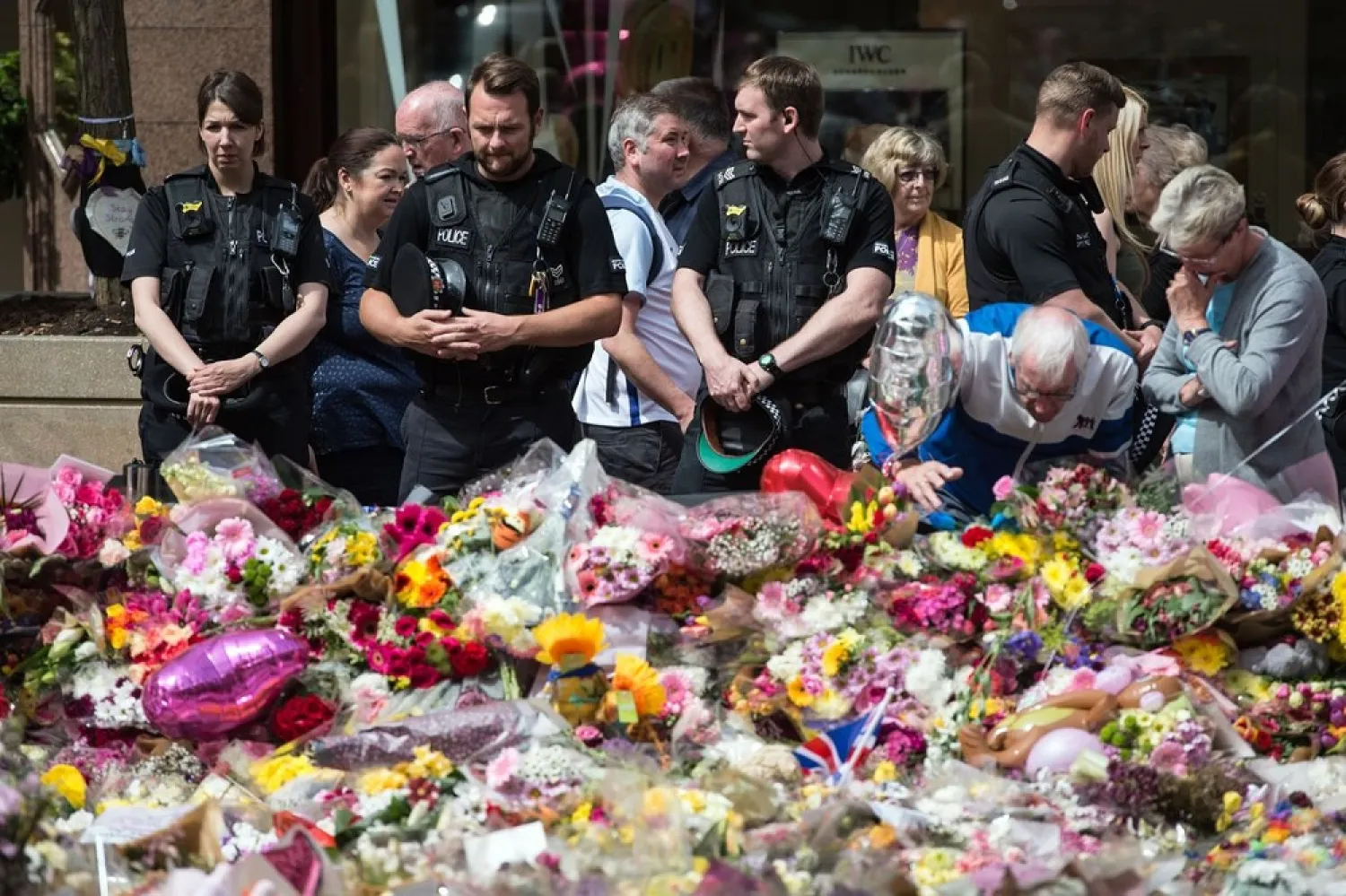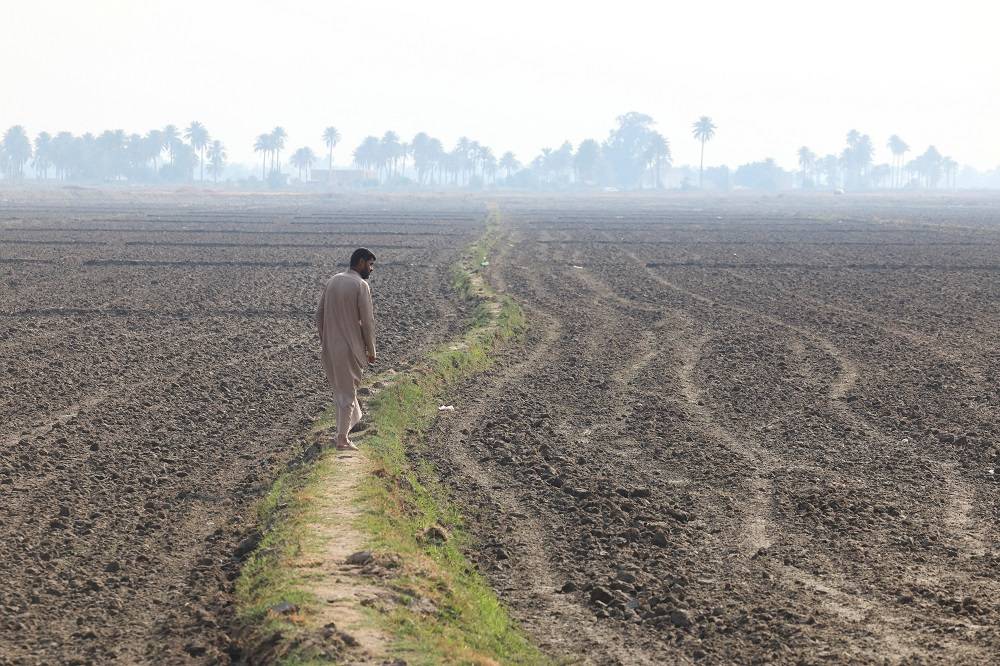Once against terrorism and terrorists attacked Europe with ISIS claiming responsibility for the car-ramming that injured six soldiers in a Paris suburb last week. The latest incident sparked a wide a debate over the links between terrorism and extremism with psychological and mental problems.
In Germany specifically, a wide debate addressed the catastrophic exploitation of terrorists of the mentally disturbed and ideologically radicalized in their suicide operations due to “the ease in which their brains can be washed.” This is a crisis that not only affects Europe, but extends to all six continents. Intolerance is easily achieved, especially regarding absolute dogmatic problems, as opposed to tolerance, which accepts the other and their opinions without a hint of chauvinism.
At this point, we must ask: Does the defeat of ISIS in Iraq and Syria and the tightening of the noose around its fugitives mark an end of the spread of extremism of this terrorist group or is there a greater and more complicated problem that requires psychological intervention more than the analyses of security and intelligence forces, despite their importance?
This leads us to the problem of intolerance and the environment that gives birth to terrorism.
“Les Fanatiques Nouvelle ED: la folie de croire” is one of the latest intellectual and psychological publications that tackle the crisis that we are examining. Written by French Clinical Psychologist Professor Bernard Chouvier of Lyon University, the book was published by a Niniveh publishing house and translated into Arabic by Dr. Kassem al-Mokdad of Damascus University.
The book questions the purpose of addressing intolerance and the answer is that intolerance and radicalization are spreading more and more these days.
Chouvier opens our eyes to the fact that behind these terrorist and violent acts are men and women who are fighting for higher values (such as their alleged ISIS caliphate) and who are constantly setting a certain vision of humanity at the forefront of this pursuit.
The question that the world should ask, if it wants to radically combat terrorism, is how can we understand that there are people who strongly believe in a cause and are willing to take a destructive path to achieve it? Chouvier stressed that it is important to draw the portrait of the terrorist, identify the person behind its mask and study the ideas that they are translating into action.
The catastrophe of intolerance is that at times it could be a temporary occurrence, but in many, it becomes a way of thinking and acting methodologically. Living intolerantly does not make intolerance simply a means to an end, but it becomes an end in and of itself.
The author presents the intolerant person as a “holy human”, but he is not like any other human or any other holy figure. This person offers his body and soul for his cause and is mad about what he believes in. “Holy” here means the absolute and perfect that covers such an expanse that it borders on the realms that it contradicts, and that its the sacrilegious. Once he reaches this point, the intolerant person is no longer able to distinguish between what is “holy” and what is sacrilegious because they have all been lumped into one category.
The intolerant person interprets principles in an inverted manner, which costs life its value and grants negativity a meaning for him, if not a means. Destruction becomes a need for revival.
In one of the book’s chapters, Chouvier explains that terrorism is a form of intolerance and the terrorist therefore has a need to share his ideas with others. The other should yield to the terrorist ideology or be forced to yield to them. For Chouvier, an intolerant person is one who is very convinced with the sincerity of his ideas and is prepared to resort to violence in order to transfer these ideas to others or impose them on them.
If we apply Chouvier’s psychological explanation to ISIS, we realize how this phenomenon appeared and, more dangerously, how other similar groups may emerge in the future. The terrorist believes that the theoretical value of his ideas makes the means to reach them valid. The terrorist’s vision of terrorism lies in resorting to destruction, elimination, imprisonment, amputation and murder to build a system of freedom.
We often ask: How can ISIS and other radical and terrorist groups find a human environment from where they can recruit their members?
The problem here is that the recruitment is ongoing and it will produce new layers of ISIS with different names, especially if the ISIS defectors are not dealt with rationally.
Chouvier offers a new term that helps us understand the legend of recruitment in radical groups, and that is “intoleration”, or the act of leading one towards intolerance.
The greatest trap, said the French professor, is the media. He explained that the intolerant groups distort the normal beliefs of their potential new recruit by highlighting the contradictions in daily life, such as adolescence, social marginalization or life’s hardships. These groups become involved with people who are seeking answers to their personal existential crises and they employ social media to gradually manipulate their target and lure them over to their cause.
Those who tried to differentiate between the suicide bombers and the terrorists have wondered about what motivates someone to end their life with their own hand or even end the life of their loved one. We have seen how fathers have strapped explosives belts on their sons to blow them up against their perceived enemies.
Chouvier portrays the intolerant person as one seeking to apply pain and destruction upon himself in his attempt to assert the depth of his conviction to his beliefs.
Furthermore, the deep psychological analysis of the extremist’s distortion of what is holy should be used by security and intelligence agencies as a tool to deal with radical terrorists. This will reveal the behavior of this form of intolerance where the recruit becomes almost forced to carry out an action to avoid his internal implosion, which caused by an excessive awareness. Violence is the outlet that the recruit turns to prove the extent of his conviction in his beliefs.
Chouvier also highlighted a type of terrorism that adheres to a leader. These terrorists are willing to give their body and soul for their leader. Such groups usually have a military organization and the members are driven by their loyalty to their commander, and not a certain creed. The crisis here is that the leader here becomes an attractive hero, who knows how to build an organization whose members are transformed into killing machines he can manipulate as he chooses. The leader has no major cause or absolute values.
The adherent of this type of terrorism has driven analysts in Germany to examine the psychopathic mind that is programmed by a project that is devised by a higher power. At this point, Chouvier addresses the “lone wolf” attacker, who falls in his “own special category of intolerance.”
This intolerance is solely linked to the individual, who resorts to solving his psychological problems through spreading terror in his surrounding. This form of new intolerance was witnessed on the streets of France, Germany and Brussels. The individual is completely wrapped around himself and unleashes his internal violence, which he cannot control himself, on to those close to him.
He justifies this by thinking that “as long as others don’t understand me and as long as they are oppressing me and pushing me to my limit, then I will fulfill their wishes by eliminating myself from this world. But they should also pay the price of this in blood and tears.”
Chouvier describes this type of intolerant person as a “kamikaze”. Delving deeper in his mind, we realize that he is suffering from real pain caused by deliberate human neglect and social rejection.
He stressed that intolerance is a disease that strikes the mind and it should be studied before it emerges. Proper education and institutions could be the best cures to treat this virus.










